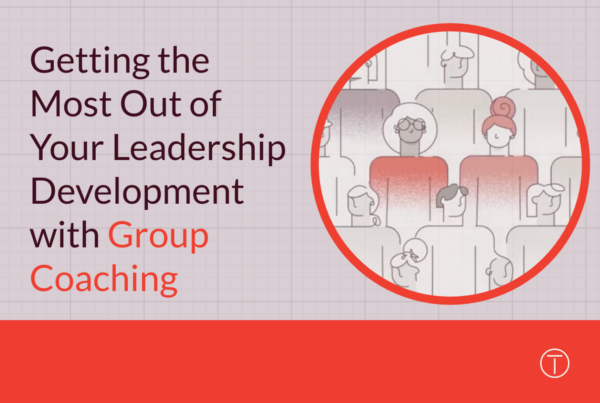As your organization grows, it becomes increasingly challenging to develop your employees and leaders. But it’s critical to do so. As research from the Association for Talent Development suggests, investing in learning and development (L&D) opportunities is the key to a loyal, engaged workforce.
The solution? Choose the most impactful L&D strategies to help build your top-performing people at scale. In this post, we’ll explore two that have been booming in popularity over the past few years: leadership coaching and mentorship.
What are coaching and mentoring?
While the methods used for coaching and mentoring look slightly different, they’re philosophically similar. They’re both relationships between two individuals with the shared goal of helping people get to where they want to go in their personal and professional lives. More specifically:
Coaching is a development-focused relationship with a specially trained coach who provides guidance to a client on their goals and helps them reach their full potential.
Mentoring is a development-focused relationship with a domain relevant mentor who passes on their skills and experience to a mentee.
One of the best parts about coaching and mentoring is that it can support various needs of an organization. As we mentioned before, these programs are great for developing and retaining employees. But they can also be used to train new managers, expand diversity and inclusion initiatives, boost employee engagement, and more.
The research-backed benefits of coaching and mentoring
There’s a reason why mentoring and leadership coaching have been skyrocketing in popularity. Research shows that there’s a wide range of benefits these L&D programs bring to companies. Below, we provide an overview of some of the top benefits of coaching and mentoring:
-
- Increased productivity. Leadership coaching that includes goal setting and feedback has been shown to increase productivity by up to 88%. Similarly, 84% of individuals who received mentoring reported becoming proficient in their roles faster.
- Improved retention. A Deloitte study found that mentoring has a positive impact on the retention of millennial employees. Employees at companies with strong coaching cultures have also been found to be more engaged than those at organizations who do not, which is a significant factor in retention.
- Greater well-being. People who received leadership coaching reported greater workplace well-being and resilience, and 91% of individuals who have a mentor are satisfied with their jobs.
Launching your coaching and mentoring program
Whether you’re launching a coaching or mentoring program for the first time or want to revamp your existing one, the steps look very similar. We share a high-level overview of the process below:
1. Determine your goals
Identify the goals for your leadership coaching and mentoring program to shape your approach. For example, if you want to improve performance, focus your coaching and mentoring programs on helping people set specific goals and track progress with ongoing feedback from colleagues.
2. Determine your competency models
The next step is to identify the specific competencies or behaviors that you want your team to develop through coaching and mentoring. These programs provide great opportunities to have team members practice new skills and strategies.
3. Select participants
It’s important to take a few factors to take into consideration when selecting participants for your program, such as seniority, personality traits, and openness to the process.
4. Plan a pilot program
A time-limited pilot program is a cost effective way to evaluate the impact of leadership coaching or mentoring before rolling out the program more broadly. Make sure to take factors like sample size, random selection, and duration into consideration.
5. Roll out the full-scale program
To draw valid conclusions about the strengths, challenges, and growth trajectories of your organization’s entire workforce, you’ll eventually need to roll out a full-scale leadership coaching and mentoring program.
It’s not an easy task to develop and retain your highest-performing employees and leaders. But with the right coaching and mentoring programs in place, it becomes a lot more achievable – and the benefits are well worth the investment.
To learn more about how to launch, manage, and measure the ROI of your mentoring and leadership coaching programs, download our Building Leaders At Sale ebook today.



